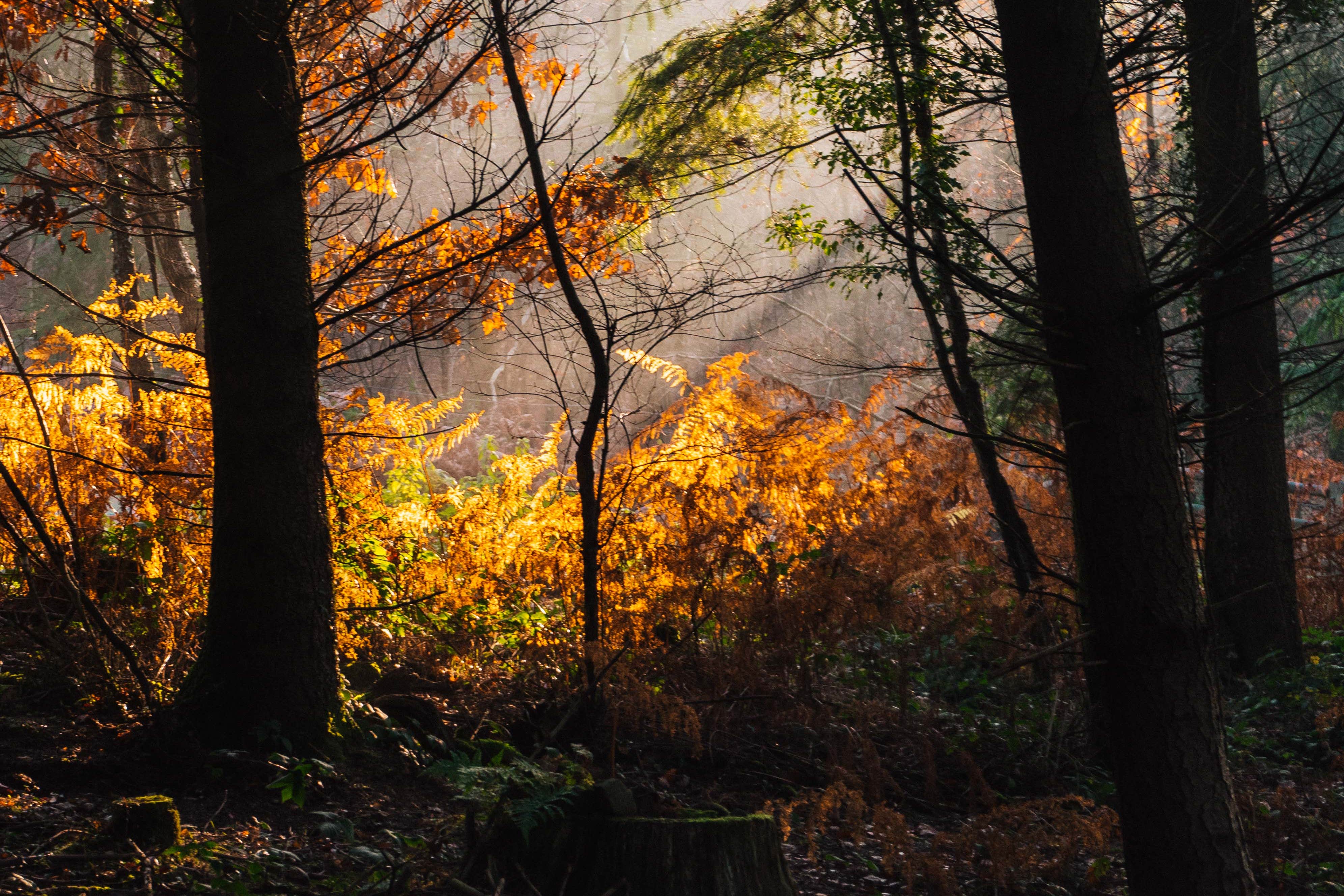Weather patterns ‘could cause more gradual change of colour’ for autumn trees
Forestry England said the wet spring with heatwaves in the summer could mean trees are red, gold and orange for longer.

Your support helps us to tell the story
From reproductive rights to climate change to Big Tech, The Independent is on the ground when the story is developing. Whether it's investigating the financials of Elon Musk's pro-Trump PAC or producing our latest documentary, 'The A Word', which shines a light on the American women fighting for reproductive rights, we know how important it is to parse out the facts from the messaging.
At such a critical moment in US history, we need reporters on the ground. Your donation allows us to keep sending journalists to speak to both sides of the story.
The Independent is trusted by Americans across the entire political spectrum. And unlike many other quality news outlets, we choose not to lock Americans out of our reporting and analysis with paywalls. We believe quality journalism should be available to everyone, paid for by those who can afford it.
Your support makes all the difference.Unusual weather patterns this year could lead to a delayed and more gradual change of colour for the UK’s trees this autumn, forestry experts have said.
A wet spring with lots of sunshine in June and September as well as the end-of-summer high temperatures could mean leaves stay red, gold and orange for longer, giving people more time to enjoy nature’s “splendid transformation”.
An unusual heatwave in September could also mean that leaves stay green for longer, as it is the shorter days and cooler evenings that cause the green chlorophyll to disappear, revealing autumnal colours which are produced by sugars in the tree.
The above average rain in March, which was the sixth wettest since records began, has given the trees plenty of fuel to grow, with the subsequent sunshine providing a “good growing season” that could lead to a more “gradual and enchanting” shift in colours, Forestry England said.
This combination ensures that the intensity and timing of the autumn colours remain a wonderful mystery every year
Andrew Smith, Westonbirt Arboretum director says: “It’s amazing to see how all the different factors come together to create autumn colour every year.
“While the wet spring and reduced sunshine may bring delightful surprises, other elements also play a significant role.
“Factors such as genetics, tree species, elevation, and local climate conditions all contribute to the magical spectacle.
“This combination ensures that the intensity and timing of the autumn colours remain a wonderful mystery every year.”
Forestry England said it is planting tree species that will thrive in the climate conditions predicted over the next decades – such as sycamore, wild cherry, hornbeam, small-leaved lime and oak.
It wants to plant 2,000 hectares of new, predominantly broadleaf woodlands as well as increasing the diversity of forest visitors in the next three years.